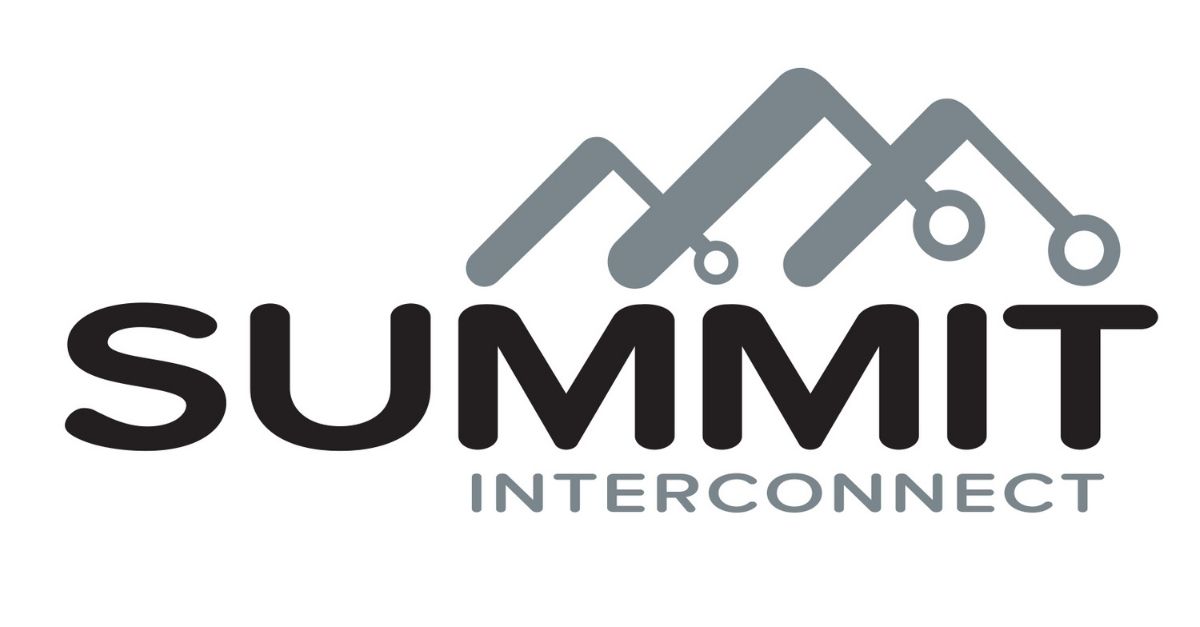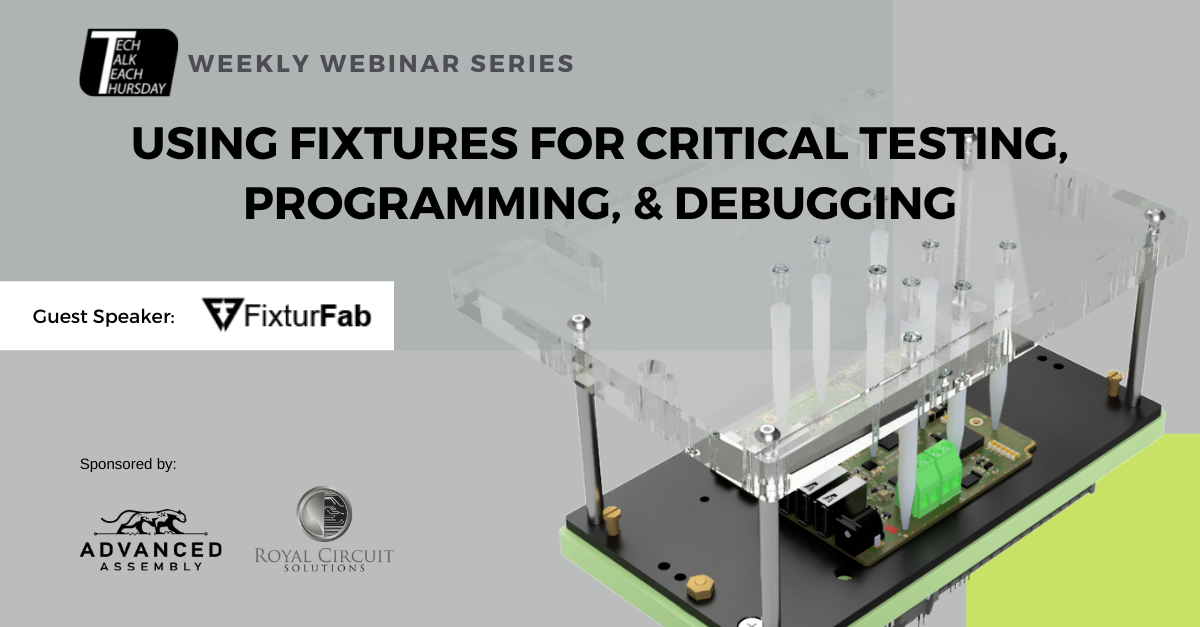Engineers are a competitive bunch. They keep trying to make their designs faster, cheaper, faster, lighter, faster, stronger, and of course faster. But it’s hard to keep track of all the best design practices. In this blog, I’ll introduce 6 best design practices that are sure to speed up your next design.
For this example, we’ll use the non-functional board below as our exemplar. It consists of two sets of differential pairs. Differential pairs are quite common in high-speed digital designs. They are so common, in fact, that I can safely say that many high speed designs have differential pairs.

Reduce Mass
The first step is perhaps the easiest. Reduce the weight of your board in any way possible. In competitive ultralight camping, you’ll hear the phrase “ounces add up to pounds.” And that’s true. There are at least 14 ounces in every pound. Maybe more. Nobody knows for sure. By introducing a hatched reference plane in your design, you’ll reduce the weight of your board.
You might think the easiest way to do this is with a cheese grater or zester. But I can assure you from personal experience that it doesn’t work very well and might contaminate your design with cheese. Additionally, when you return the device to the kitchen drawer after using it, you’re likely to hear a great deal of yelling from your wife.

It’s much better to design the hatched ground plane in your EDA software and then let your fabricator deal with the particulars. If you do insist on hatching your own copper, I do not recommend that you do it at home. It’s best to do it at a friend’s house.
Speed Holes
Printed circuit boards are made of conductors and insulators. As a signal travels down a transmission line, it’s bound to interact with the conductors and the insulators. Interactions take time. Think of your signal as a fat feline at a fish fry. Even if el gato doesn’t stop to eat, he’s still going to slow down to look. So remove the temptation. Get rid of the dielectric. Put speed holes in your board. Route out giant shapes from your board so there’s nothing for the signal to interact with.
I know, it might seem cruel. I’m sure you are aware, scientists recently discovered that electrons are sentient, and we’re essentially denying them a simple joy in life. But the universe is cruel, and nature is metal.

Red with Envy
It is well known that when metal gets really, really hot, it turns red. So it stands to reason that if you color a metal red, it will get really, really hot. Hot is good! Hot means fast! In a hot metal, the electrons and atoms bounce all around super fast. So one quick improvement you can make is to change your solder mask color to red!

Direction Arrows
Now that you’ve painted the board red and the electrons are zipping around everywhere, it helps to put some indicators on your board to help them know which direction to go. They’ll of course tend to go in the direction you point them and silkscreen arrows are easier to implement than direction signs and magnetic compasses.

Go Fast Stripes
Arrows aren’t enough to make the electrons move fast. You have to motivate them. And the easiest way to do that is to add go-fast stripes. Silkscreen stripes will attract the electrons into speed channels between the traces. These are spots where there’s no copper and therefore less crowding. Like the people movers at airports, these increase the speed of every electron that is on them.

Turbo button
The final tip I have for you is to add a turbo button. Turbo buttons are scientifically proven to increase the speed of a circuit by at least 25%. Adding them to your design couldn’t be any easier. You just put them on your board near the traces you want to speed up and flip the switch!

Summary
These six tips are sure to improve your next design! But you have to be careful using all of the tips in a single design. Nothing can move faster than the speed of light 300,000,000 m/s. That is the universe’s maximum speed limit. And the universe doesn’t mess around. Much like the “Speed Enforced by Airplane” on highway 5, these limits are enforced by Predator attack drones equipped with hellfire missiles.



